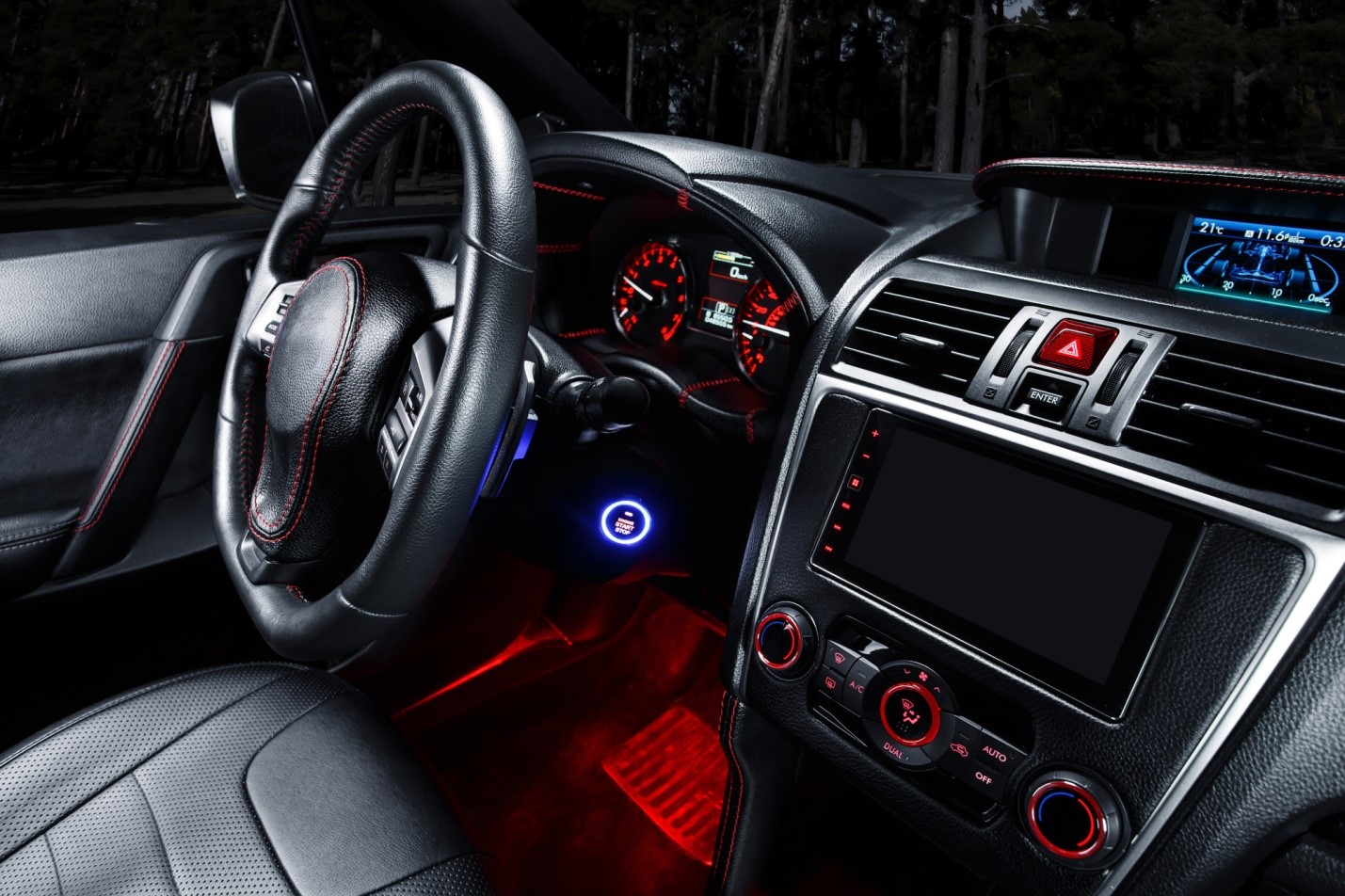[ad_1]
Battery Electric Vehicles or BEVs, predated the Internal Combustion Engine (ICE) vehicles. It was between 1832-1839 that Robert Anderson, a Scottish businessman, invented the first electric carriage and Professor Sibrandus Stratingh from the Netherlands designed the first small-scale electric car which was built by his assistant Christopher Becker in 1835.
The storage battery improved, firstly by Gaston Planté, a French physicist who invented the lead acid cell in 1859 and the first rechargeable battery. Then, in 1881, Camille Faure developed a more efficient and reliable battery which became so successful in the early electric cars. This discovery caused battery electric vehicles to flourish, with France and Great Britain being the first nations to support widespread development of electric vehicles.
Prior to 1900, battery electric vehicles held many speed and distance records, the most notable of which, was the breaking of the 100 km/h (60 mph) speed barrier. It was by Camille Jenatzy on April 29, 1899 in a rocket-shaped vehicle named Jamais Contente (Never Happy) which reached a top speed of 105.88 km/h (65.79 mph).
During the early 20th Century, battery electric vehicles outsold gasoline powered vehicles and were successfully sold as town cars to upper-class customers. Because of technological limitations, these cars were limited to a top speed of about 32 km/h (20 mph). The cars were marketed as “suitable vehicles for women drivers”. Electric vehicles did not need hand-cranking to start.
One of the downfalls of the battery electric vehicle was the introduction of the electric starter in 1913. It simplified the task of starting an internal combustion engine which was previously difficult and dangerous to start with the crank handle. Another was the mass-produced and relatively cheap Ford Model-T. Finally, the loss of Edisons direct current electric power transmission system. He was battling with George Westinghouse and Nikola Tesla over their desire to introduce alternating current as the principal electricity distribution. Edison’s direct current was the load for electric motors.
Battery electric vehicles were limited to niche applications. Forklift trucks were battery electric vehicles when introduced in 1923. BEV golf carts which were used as neighborhood electric vehicles and were partially “street legal”. By the late 1930s, the electric automobile industry had disappeared until the invention of the point contact transistor in 1947 which started a new era of electric vehicle.
In 1959 the Henney Kilowatt was introduced and was the world’s first modern transistor-regulated electric car and the predecessor to the more recent battery electric vehicles such as General Motors EV1. Only 47 Henney Kilowatts were produced, 24 being sold as 1959 models and 8 as 1960 models. It is not clear what happened to the other 15 built but it could be possible that they were sold as 1961 or 1962 models. None of the 8 1960 models were sold to the public because of the high manufacturing costs, but were sold to the electric cooperatives who funded the project.
It is estimated that there are between four and eight Henney Kilowatt battery electric vehicles still in existence with at least two of the survivors still driven periodically.
Battery electric vehicles have had issues with high battery costs, with limited travel distances, with charging time and the lifespan of the battery, although advancements in battery technology has addressed many of those problems.
At the present time, controversy reigns over battery electric vehicles. Campaigners, (et al) for BEV’s are accusing three major US automobile manufacturers of deliberately sabotaging BEV efforts through several methods, for instance, failing to market, failing to produce appropriate vehicles, by failing to satisfy demand and using lease-only programs with prohibitions against end of lease purchase.
In their defense, the three major manufacturers they have responded that they only make what the public want and the current trend is that the public doesn’t want battery electric vehicles.
Although we have the technology to manufacture and provide BEVs, one of the biggest downfalls for the prolific production of BEVs is the extortionate cost of replacement batteries. In some cases the cost of replacement batteries can be more than the price of the whole vehicle, especially when buying used battery electric vehicles.
[ad_2]
Source: http://ezinearticles.com/?The-History-of-Battery-Electric-Vehicles&id=626928











